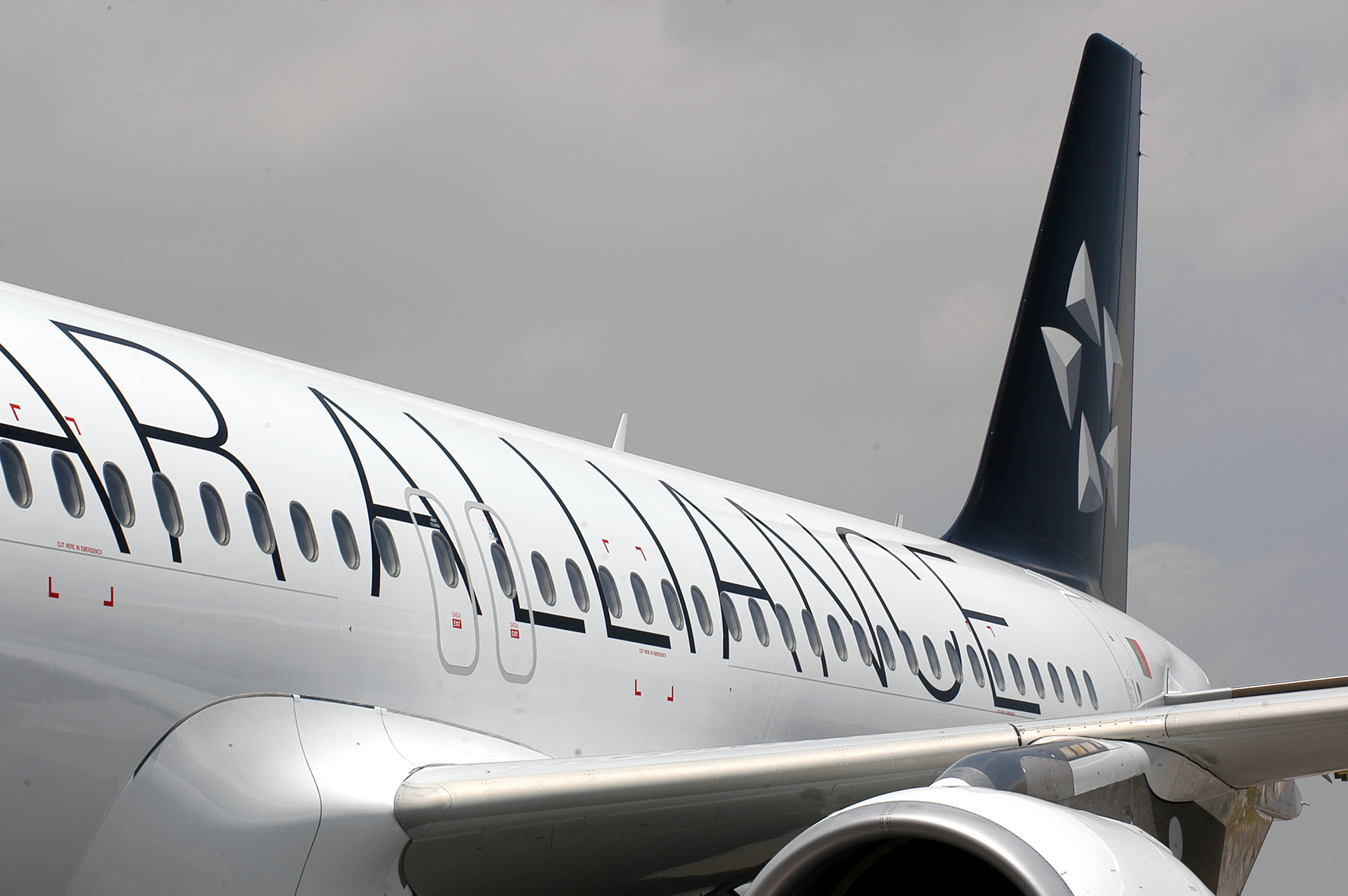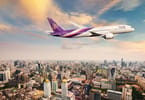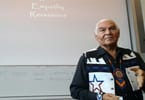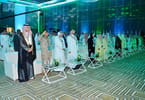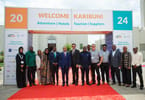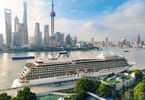This June, people from around the world will be seeking news ways to break away from the consistent quarantines and lockdowns and once again experience the beauty of travel. In this world of wanting to break free, a locale’s physical appearance will be more important than ever. Communities that hope to use travel and tourism as economic development tools might do well to consider some of the following points and then work at not only greening their communities but also their bottom lines.
Hoʻomākaʻikaʻi hoʻonani is not only about planting flowers and doing creative landscaping. Beautification is a prerequisite for economic development. Cities that fail to understand this essential point pay dearly by having to compensate for their lack of beauty by trying to bring in new businesses and tax-paying citizens through expensive economic incentive packages that almost never succeed. On the other hand, cities that have taken the time to beautify themselves often have people seeking to locate in their community.
It is also about the way that we beautify our insides, the treatment that we afford our customer and the way that we treat the other members of our community. To help you deal with beautification projects here are some pointers to consider.
Kōkua ka nani i ka ulu ʻana o kahi hui mākaʻikaʻi ma o ka hoʻoulu ʻana i nā malihini, hāʻawi i ka hoʻolaha waha ʻōlelo maikaʻi, hoʻokumu i kahi ʻano hoʻokipa e hoʻokiʻekiʻe i ka manaʻo o nā limahana lawelawe, a hoʻokumu i ka haʻaheo kaiaulu e hoʻohaʻahaʻa i ka helu kalaima.
- E nānā i kou kaiaulu i ke ʻano o ka ʻike ʻana o nā poʻe ʻē aʻe. All too often we become so accustomed to run down appearances, dirt, or lack of green spaces that we simply come to accept these eyesores as part of our urban or rural landscaping. Take the time to view your area through the eyes of a visitor. Are there dumpsites in clear view? How well are lawns kept? Is garbage dealt with in a clean and efficient manner? Then ask yourself, would you want to visit this community?



